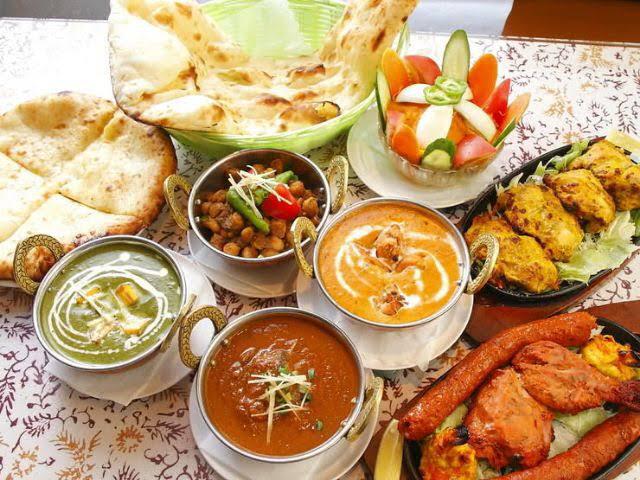Indian spends 3.5% of average daily income on food, New Yorker 0.6 !
By Shivangi Chawla

On an average an Indian spends 3.5% of his/ her daily income on food as compared to 0.6% by a New Yorker and an astonishing, according to the “Cost of a Plate of Food” report released by the UN’s World Food Programme (WFP) on Friday.
As per the report, the most expensive plate of food is of South Sudan where people on average would have to spend 186% of their daily salary on basic ingredients. n the list that features 36 countries across the globe, India stands at 28th position as per the percentage of money, people would pay on a plate of food compared to their salaries.
It has brought to light how countries in sub-Saharan Africa feature heavily in the report with 17 of the top 20 drawn from this region.
“The region’s high dependency on food imports leaves it vulnerable to global economic conditions, while high use of informal labour means masses of workers are prey to sudden losses of income,” it said.
The report said such a difference brings into sharp focus the huge inequalities at play between people living in developing countries and others in more prosperous parts of the world. It said conflict and climate change have long affected people’s ability to afford food across multiple countries, as they are driven from their land and livelihoods and left unable to produce or buy the produce they need to feed their families.
Now Covid-19 has added another layer to the challenges faced by most vulnerable groups, through increased unemployment, loss of remittances and weak economies that prevent countries offsetting the worst effects of the pandemic, the report has highlighted. Market-dependent groups in urban areas are increasingly at risk.
It has recommended that with more investment in t
he short term to support people from the fallout of Covid-19, and greater emphasis on building sustainable food systems in the long term as a foundation for access to affordable, nutritious food, the issues of inequalities can be addressed.
